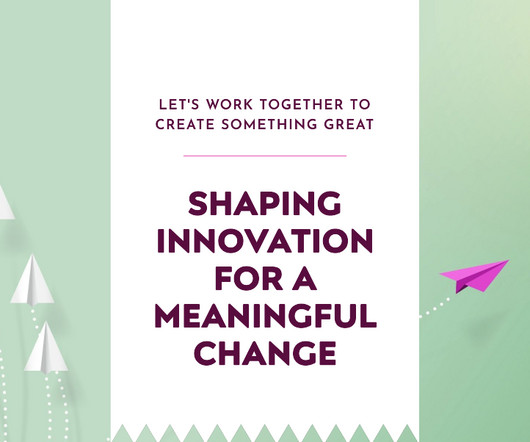Harnessing the Power: Navigating AI-Driven Rapid Change in Business Strategy
Leapfrogging
MARCH 15, 2024
The Age of AI and Business Strategy Understanding AI-Driven Rapid Change In the current landscape, AI-driven technologies are reshaping industries at an unprecedented pace. The agility to adapt to AI advancements is now a vital component of surviving and thriving in the modern marketplace.


























Let's personalize your content